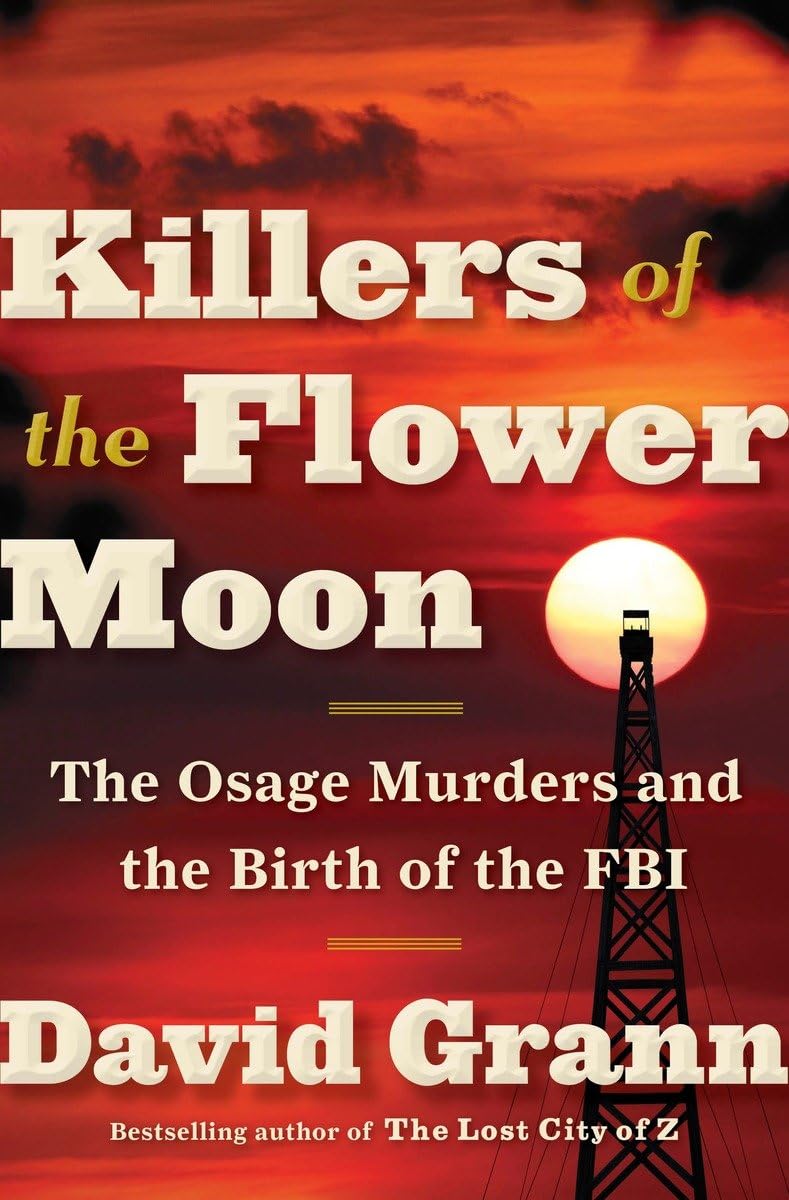Chapter 13: A Hangman’s Son
byChapter 13 introduces Tom White, a man whose upbringing was deeply rooted in the values of justice, discipline, and moral responsibility, shaped largely by his father, Robert Emmett “Emmett” White, a well-respected sheriff of Travis County, Texas, elected in 1888. The chapter transports readers back to the late 19th-century city of Austin, a place struggling with lawlessness, political tensions, and the evolving landscape of crime and justice. Through young Tom’s perspective, the narrative paints a vivid picture of a rapidly changing world, where the ideals of honor and integrity were constantly tested by the harsh realities of frontier justice and the growing complexities of maintaining order in an expanding society.
As sheriff, Emmett White was a diligent and morally driven lawman, known for his fairness and commitment to upholding the law, even in the face of immense pressure from lynch mobs, corrupt officials, and violent criminals. Unlike many of his contemporaries, who resorted to extrajudicial killings and mob justice, Emmett sought to bring criminals to trial rather than allow street executions, setting a powerful example for his son. One of the most defining moments in young Tom’s life was witnessing his father’s struggle to maintain control during a harrowing jail riot, where tensions ran high, and the thin line between law and chaos became painfully clear.
Beyond managing conflicts within the jail, Emmett White also had to navigate the moral weight of carrying out legal executions, a burden that deeply impacted both him and his son. The chapter delves into the execution of Ed Nichols, a convicted murderer, an event that left a lasting impression on Tom and forced him to grapple with the responsibilities and consequences of law enforcement. These experiences, coupled with Emmett’s unwavering dedication to justice, played a pivotal role in shaping Tom’s character and his approach to law and order as he later embarked on his own career in law enforcement.
Following in his father’s footsteps, Tom White joined the Texas Rangers, a move that solidified his reputation as a firm but fair officer, committed to upholding justice with integrity and professionalism. However, the brutality of frontier law enforcement weighed heavily on him, as he struggled with the violent realities of the job, which often required swift and decisive action in dangerous situations. His experiences in the Rangers led to an internal conflict—how to balance justice with compassion, a dilemma that would follow him throughout his career as he transitioned from ranger to railroad detective and eventually to a federal agent in the Bureau of Investigation.
The chapter also explores Tom’s personal struggles, particularly his relationship with Bessie Patterson, which was often strained due to the demanding and unpredictable nature of his profession. Unlike his father, whose role as sheriff was deeply tied to his community, Tom’s law enforcement career required constant movement, exposure to danger, and a level of secrecy that made personal relationships difficult. Yet, despite the sacrifices, Tom remained deeply committed to his sense of duty, seeing his work as a continuation of his father’s legacy of honorable law enforcement.
Beyond Tom’s personal development, the chapter situates his story within a broader historical context, highlighting the transformation of Texas and the evolution of American law enforcement. During this era, rural justice was giving way to more structured and bureaucratic systems, as cities expanded and criminal organizations became more sophisticated. The lawmen of the past, who relied on instinct and reputation, were slowly being replaced by officers trained in formal procedures, forensic science, and federal investigations, setting the stage for the modern era of policing.
The White family’s experiences mirror the larger shifts in American law enforcement, illustrating how individuals with strong moral convictions struggled to adapt to the growing complexities of crime and justice. Tom’s journey, filled with ethical dilemmas, dangerous encounters, and personal sacrifices, underscores the human cost of maintaining order in an ever-changing society. As the chapter concludes, it becomes clear that Tom White’s dedication to justice was not just a career choice but a deeply ingrained part of his identity, setting the foundation for his later role in one of the most significant investigations in American history—the Osage murders.


